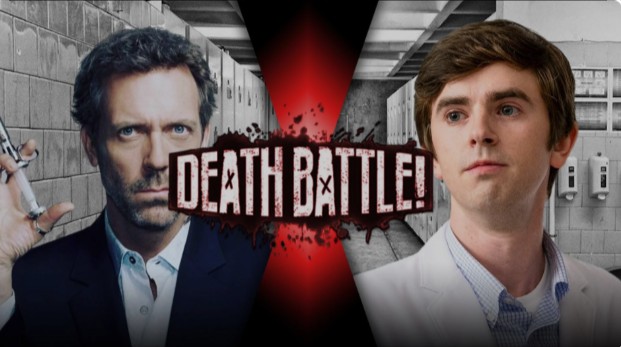
The contrast between Dr. Gregory House and Dr. Shaun Murphy reflects not only different approaches to character but also an evolution in how neurodiversity and disability are represented on screen. Where House’s social difficulties stemmed primarily from choice—a misanthropic rejection of social norms and pleasantries—Shaun’s challenges arise from his autism and savant syndrome, neurological differences that affect how he perceives and interacts with the world. This fundamental distinction required Highmore to create a character whose exceptional abilities and social challenges were intrinsically linked rather than the product of cynicism or trauma.
The performances reflect this philosophical difference. Laurie’s House wielded his intellect like a weapon, deliberately provoking and manipulating those around him with sardonic wit and merciless observations. His diagnostic brilliance came packaged with cruelty that the show often framed as necessary iconoclasm. Highmore’s Murphy, by contrast, demonstrates a different kind of intelligence—one characterized by visual thinking, pattern recognition, and remarkable recall, but deployed with straightforward honesty rather than strategic manipulation. Where House derived satisfaction from intellectual dominance, Shaun finds fulfillment in solving medical puzzles that help patients.

Visually, both shows employ distinct techniques to represent their protagonists’ thought processes. “House M.D.” used rapid-fire montages and overlaid text to illustrate House’s deductive reasoning. “The Good Doctor” takes a more lyrical approach, with transparent anatomical visualizations that appear in Shaun’s field of vision, representing his unique ability to mentally map the human body. Highmore’s physical performance complements these visual effects—his subtle hand movements, redirected gaze, and posture shifts communicate Shaun’s internal experience of processing information differently than his colleagues.
The shows also differ significantly in their emotional architecture. “House M.D.” operated primarily as a procedural mystery with character development as a secondary consideration. “The Good Doctor,” while maintaining medical cases as a structural framework, places greater emphasis on emotional growth and interpersonal relationships. This shift required Highmore to balance the procedural demands of a medical drama with the emotional complexity of a character study—a challenge he meets with remarkable precision and sensitivity.
Where “House M.D.” often used its protagonist’s condition (chronic pain from a leg injury) as a metaphor for broader psychological damage, “The Good Doctor” approaches Shaun’s autism not as metaphor but as lived experience. Highmore portrays the sensory sensitivities, communication differences, and social challenges of autism with a matter-of-factness that normalizes rather than sensationalizes these experiences. This represents a significant advancement in disability representation on television—moving from disability as symbolic device to disability as authentic dimension of human diversity.
Both shows explore how their protagonists function within institutional structures that weren’t designed for them. House constantly battled hospital administration, treating rules as obstacles to be circumvented through deception or manipulation. Shaun’s challenges are more structural—a medical establishment built around neurotypical communication and social norms that can inadvertently exclude different cognitive styles. Highmore portrays Shaun’s navigation of these institutional barriers with a combination of determination, frustration, and gradual adaptation that feels authentic to many disabled viewers’ experiences.
The emotional journeys of the characters differ dramatically as well. House’s character arc ultimately suggested that brilliance and happiness might be mutually exclusive—that his exceptional mind and his capacity for contentment existed in inverse proportion. “The Good Doctor,” through Highmore’s sensitive portrayal, offers a more hopeful vision. Shaun doesn’t need to become neurotypical to find fulfillment; rather, he works to build a life that accommodates his differences while allowing him to pursue professional excellence and meaningful connections.
Both shows have left significant imprints on popular understanding of exceptional minds in medicine. “House M.D.” cemented the brilliant-but-damaged doctor as a television archetype, influencing countless subsequent medical dramas. “The Good Doctor,” through Highmore’s thoughtful performance, has helped normalize neurodiversity on screen and challenged assumptions about who can succeed in demanding professions like surgery. By portraying Shaun’s differences matter-of-factly rather than as either superhuman gifts or tragic limitations, Highmore has contributed to more nuanced public discourse about autism.
What Freddie Highmore ultimately achieved with Dr. Shaun Murphy was not a rejection of the medical genius archetype that Hugh Laurie had perfected, but its thoughtful reinvention for a more inclusive era. Through his nuanced, research-informed portrayal, Highmore transformed what could have been another “brilliant doctor with quirks” into something far more revolutionary: a character whose neurodivergence is neither his defining limitation nor his superpower, but simply one aspect of his complete humanity. In doing so, he helped expand television’s capacity to represent the full spectrum of human cognitive diversity with authenticity and respect.
